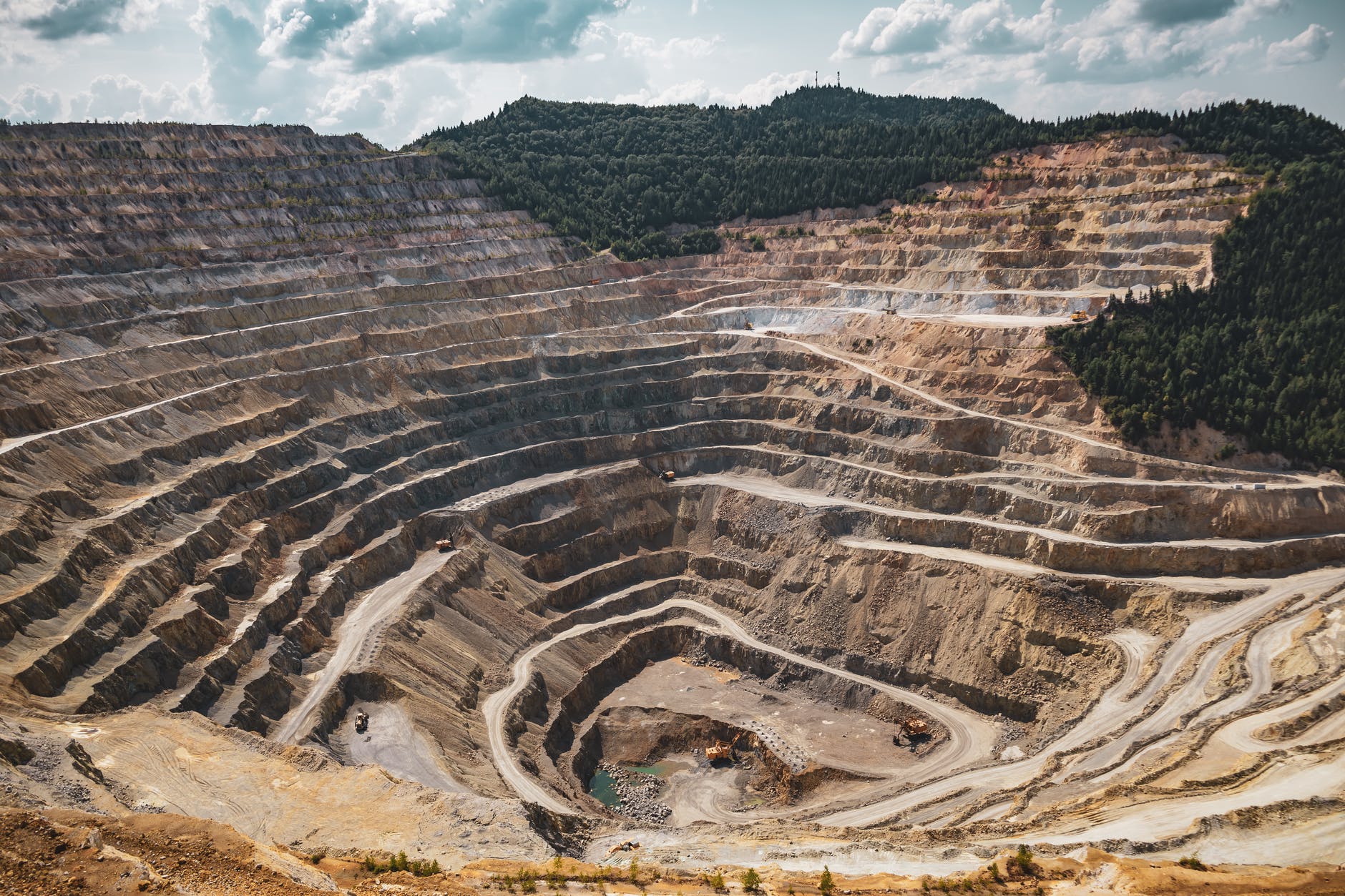Strategic materials are ubiquitous in all sectors relevant for the green economy and the energy transition. Regarding cobalt, it owes its current visibility to its increasing use in low carbon technologies, also called green technologies (renewable energy and rechargeable batteries). Cobalt is used as an input in the magnets of wind turbines, and for the production of the cathodes of lithium-ion and nickel metal hydride batteries, which are then incorporated in electric or hybrid vehicles. In the current context of the electrification of mobility, cobalt is therefore regarded as a strategic material. The production of cobalt is however one of the prime examples of the unequal distribution of the earth’s resources, the metal being extremely concentrated in one country: the Democratic Republic of Congo (DRC), who represents 70% of global production, and the DRC’s reserved are controlled substantially by what has now become an unavoidable actor in the cobalt value chain: China.
As a continuation of our work on analysis China’s materials strategy, we have developed a report to analysis how China has imposed itself on the cobalt value chain, both upstream and downstream, and has progressively managed to build itself a comparative, if not absolute, advantage. This report aims to conduct a combined analysis of the strategies that have been implemented both by the Chinese government as well as industrial actors in order to gain this hegemonic position on the value chain. These strategies have allowed for the constitution of a resilient and dominant Chinese ecosystem around the cobalt value chain on the international stage.
Read our report here

